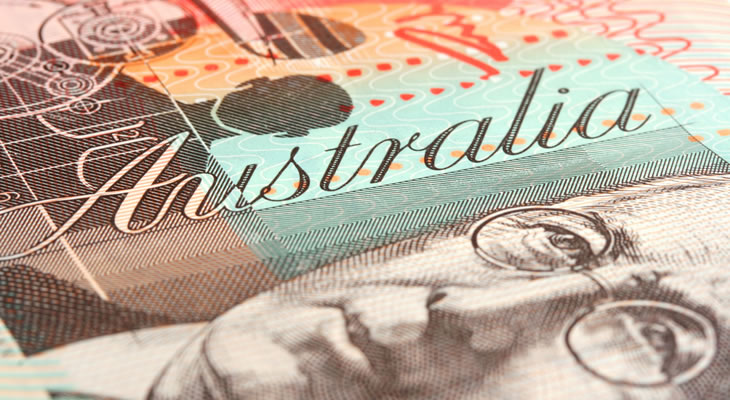- Pound Sterling Australian Dollar (GBP AUD) Hits 1.6506 – Australian Dollar Pound Sterling Dips to 0.6055
- Unified Brexit Position Declared – Pound Slow to React
- Shanghai Exchange Increases Steel Transaction Fees – Iron Ore Extends Losses
The Pound to Australian Dollar (GBP AUD) exchange rate has fluctuated this morning with markets reacting to a joint Brexit declaration from Chancellor of the Exchequer Philip Hammond and International Trade Secretary Liam Fox.
Hammond and Fox declared this morning that the UK will indeed leave the customs union and single market on ‘Brexit day’ in March 2019, however, they also stated that there will be a transitional period in order to minimise disruption to businesses and citizens.
This was considered a necessary compromise by some, as it ruled out the possibility that the UK will stay in the European Union via a ‘backdoor’ after 2019 but it also allayed fears of a ‘cliff-edge’ Brexit.
Ultimately Sterling has struggled a great deal lately due to uncertainty in regards to the future of the UK after Brexit, with many businesses being hesitant to invest until some form of concrete plan is formed. This announcement marks progress towards a unified position and may allow negotiations to progress – both things that markets consider to be good news for the Pound.
Thus far the response has been limited, however, with some theorists suggesting that markets will remain focused on the results of the Brexit negotiations themselves before more significant movements are made.
Iron Ore Extends Losses, Australian Dollar (AUD) Dragged Down with It
Chinese iron ore futures fell this morning, continuing Friday’s plunge, as steel prices dropped following a fee hike by the Shanghai exchange.
The Shanghai exchange, in an attempt to fight speculative trading, upped transaction fees recently, which significantly weighed on investor appetite for steel and, as a result, iron.
Commonwealth Bank of Australia Analyst Vivek Dhar also noted that ‘Weaker restocking demand also prompted iron ore prices lower’.
The Australian Dollar is intimately tied to the movements of iron ore, as it is the nation’s primary export, so the drop weighed on the ‘Aussie’, allowing Sterling to capitalise at the start of the trading week.
Big UK Data on the Horizon – Pound (GBP) Outlook Positive
Whilst today is a quiet data day for the Pound, the week ahead contains some notable releases.
On Tuesday, UK inflation levels are currently predicted to demonstrate a 2.7% increase in July, up from 2.6% previously.
July’s UK producer price report will also be released on Tuesday, with input prices forecast to demonstrate a rise of 0.5%.
Wednesday will feature the UK’s employment and wage data, with unemployment predicted to stay stationary at 4.5% and year-on-year earnings (including bonuses) forecast to demonstrate a 1.8% rise.
More positively, Thursday’s retail sales are predicted to have jumped 2.9% in July year-on-year.
Should data prove positive in the week ahead then Sterling could rally, especially with Brexit negotiations seeming to finally progress.
In regards to Australia, the Reserve Bank of Australia’s (RBA) meeting minutes will be released on Tuesday, the wage cost index on Wednesday (which is forecast to remain stable) and a huge run of releases on Thursday. Most notable of which are the nation’s employment change figures, which are predicted to jump from 14k to 20k.


Comments are closed.